Observing Insects and Other Arthropods
Arthropods are animals that have an exoskeleton of chitin, segmented bodies, and segmented legs. Insects(left), arachnids (spiders-right and ticks), millipedes, centipedes(center), and crustaceans (like crayfish) are all arthropods. Different types of arthropods have different characteristics that can be used for identification. If you are using a book, the "how to use this book" chapter will help you know what to look for. Either way, including as many of the characteristics below in your photos is likely to help with identifying what you find as the weather warms and we begin to see more of them.
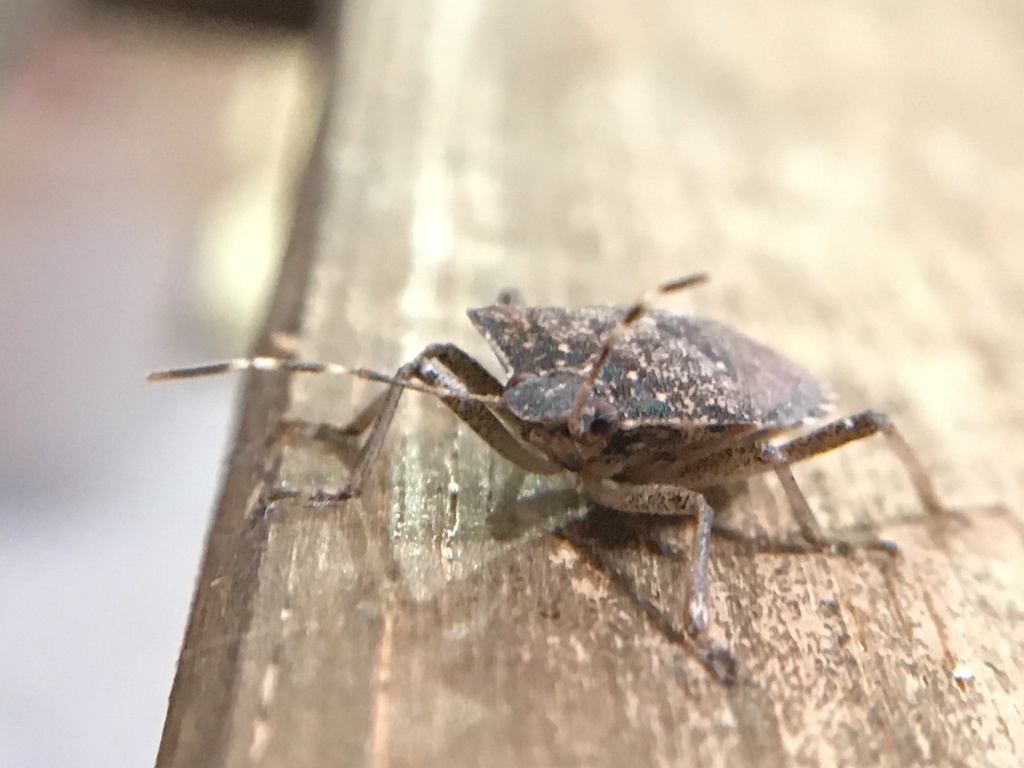
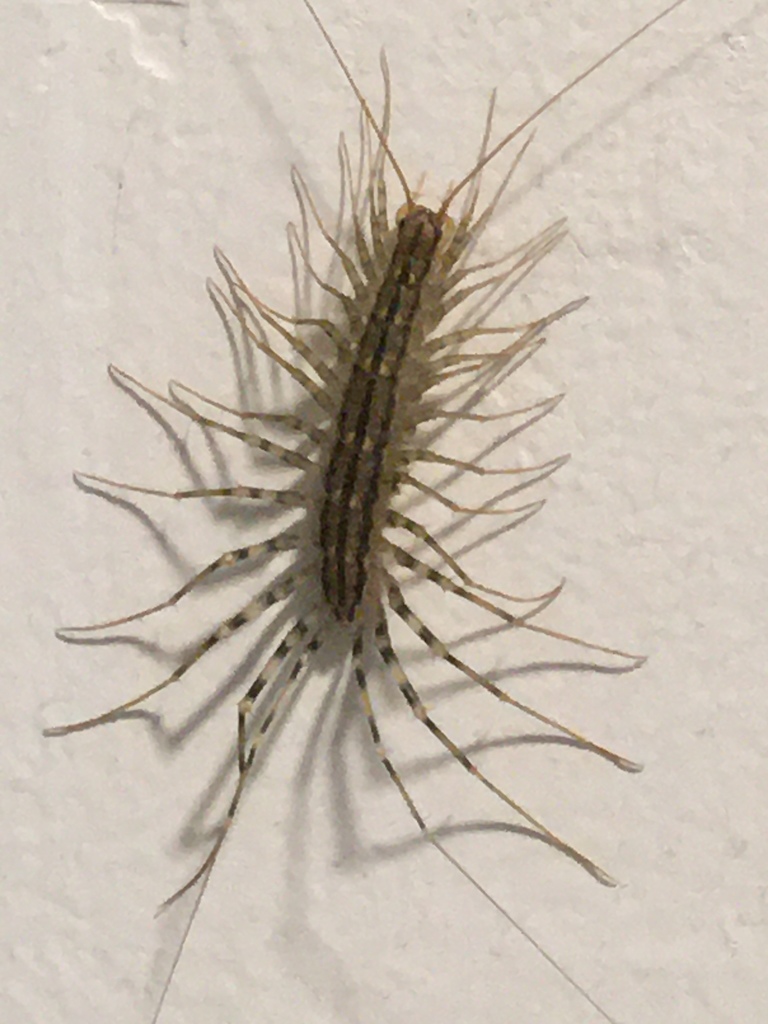
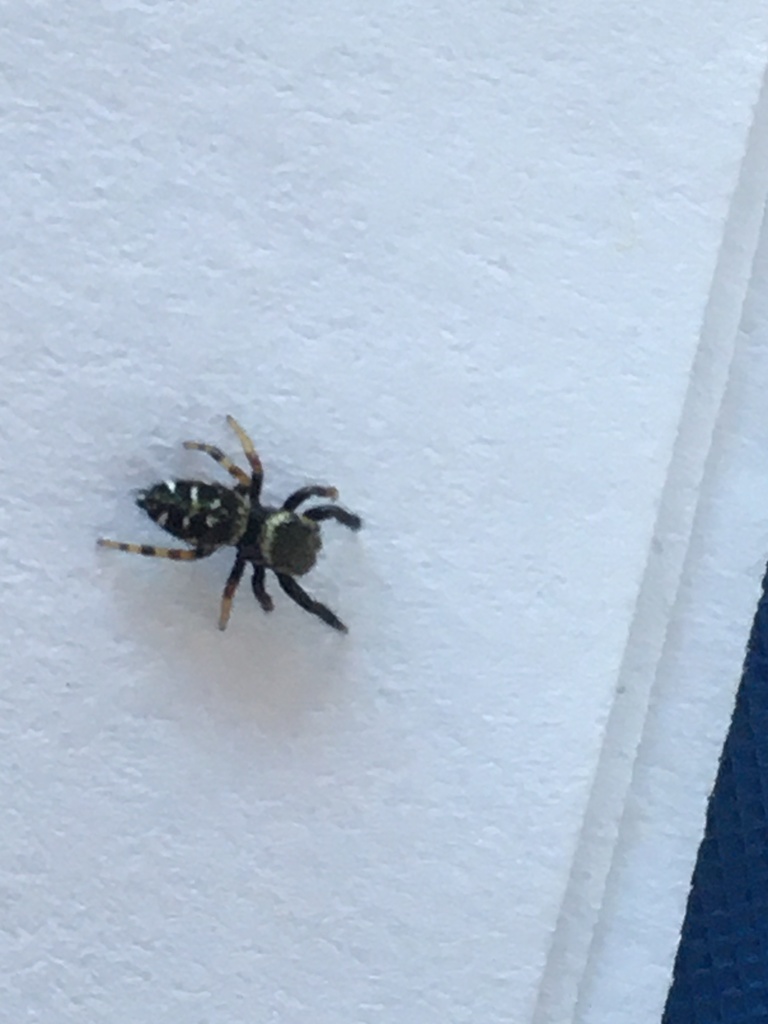
Many arthropods move often. If you can get only one photo, a side or top view will include a lot of information about the animal you are observing.
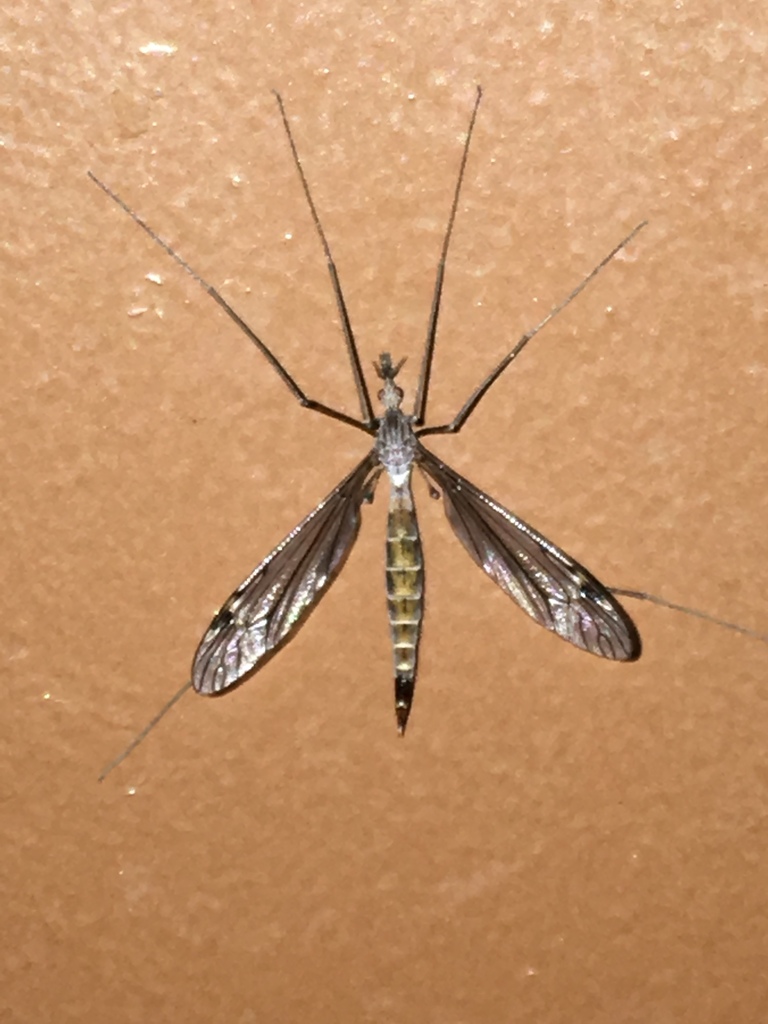
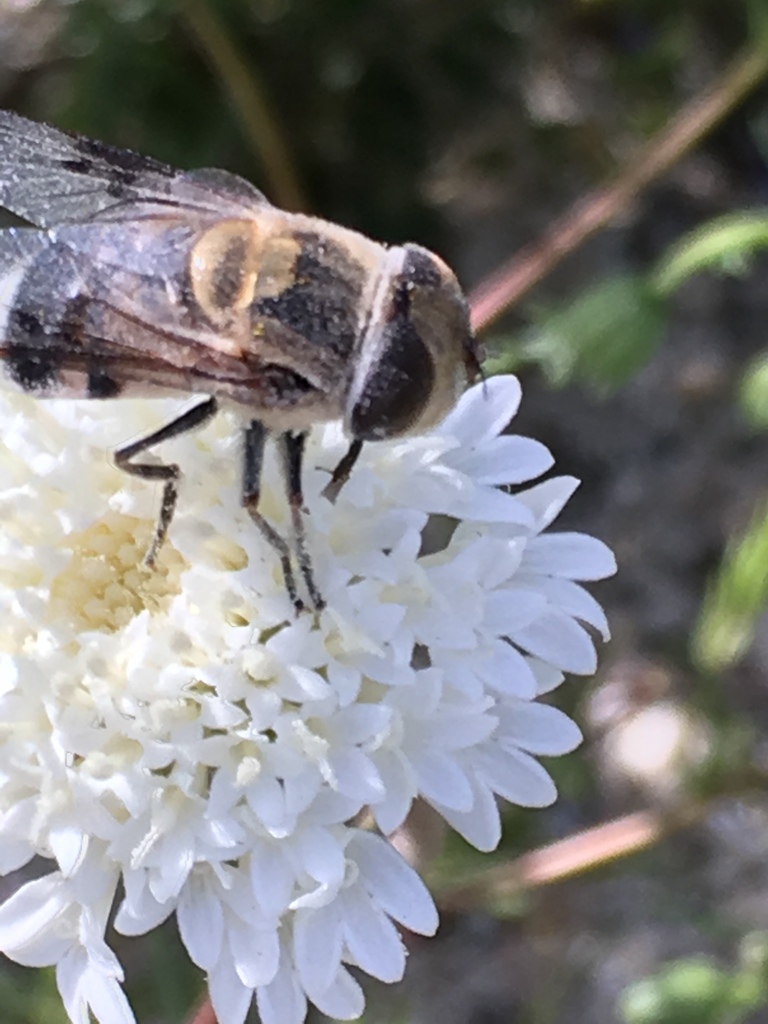
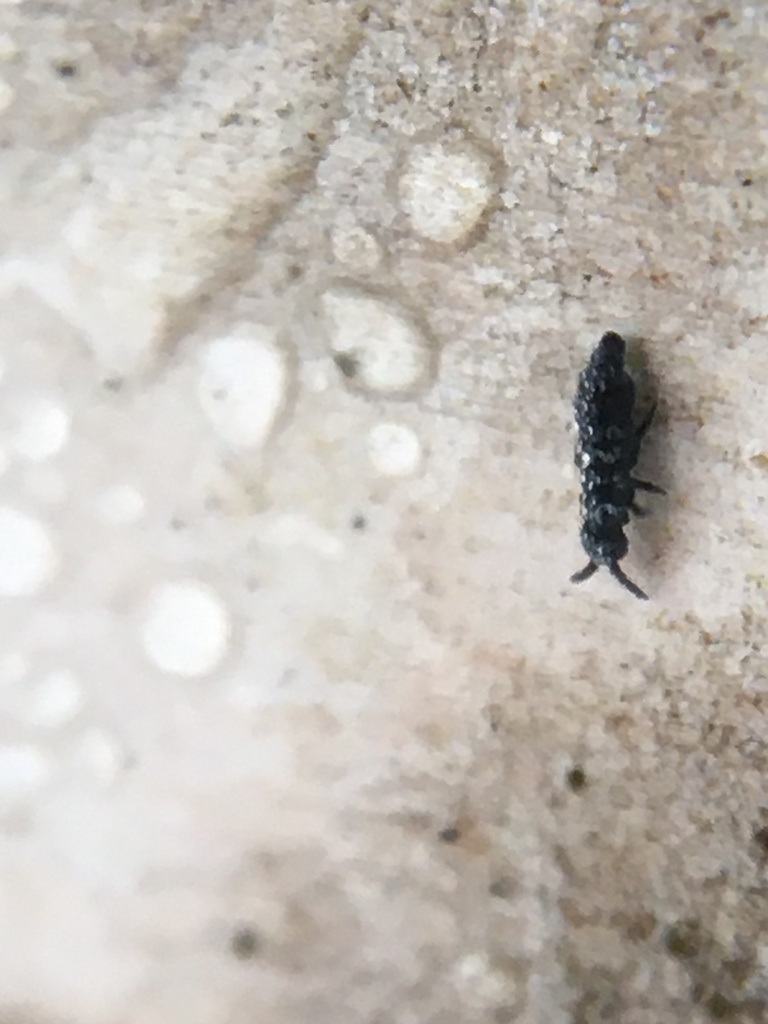
Legs. The number of legs is a defining characteristics for different types of arthropods. Arachnids (left) have eight legs. Insects have six (center). Millipedes have two pairs of legs per segment, and centipedes have one pair of legs per segment. Sometimes arthropods lose legs during their adventures in survival (spider on right).
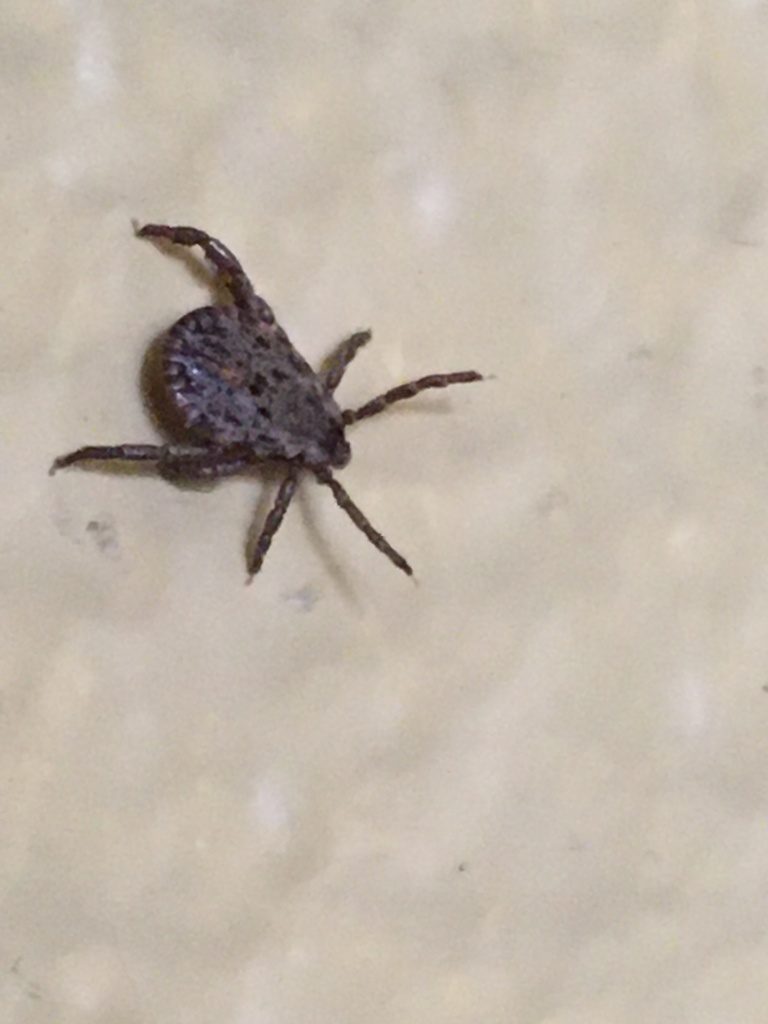
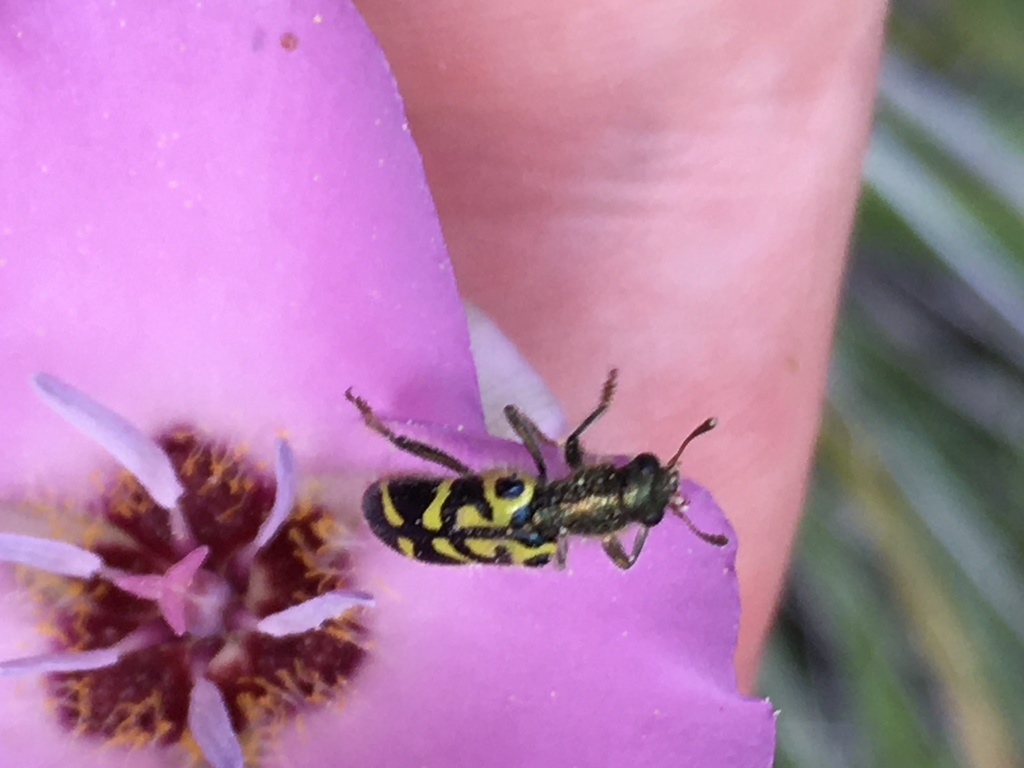

Body segments. The number and arrangement of body segments is an important clue in identifying arthropods. Insects (left, center) have three segments: head, thorax (to which the legs are attached), and abdomen. Spiders (right) have two body parts called the cephalothorax and abdomen, while millipedes and centipedes have many segments.
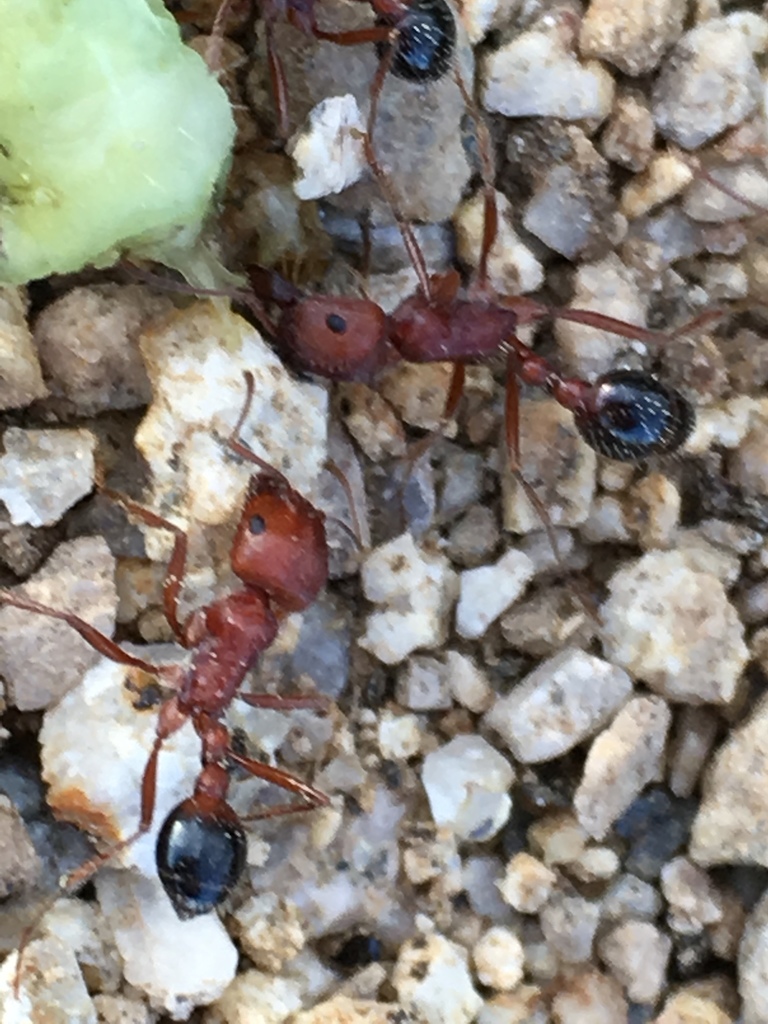
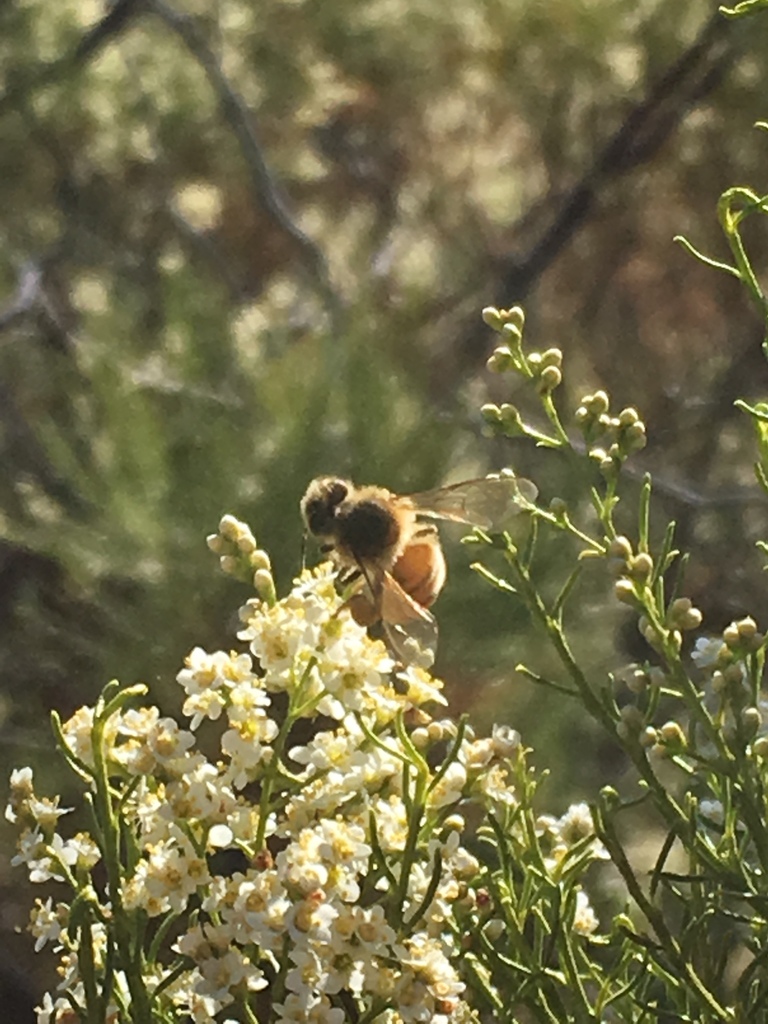
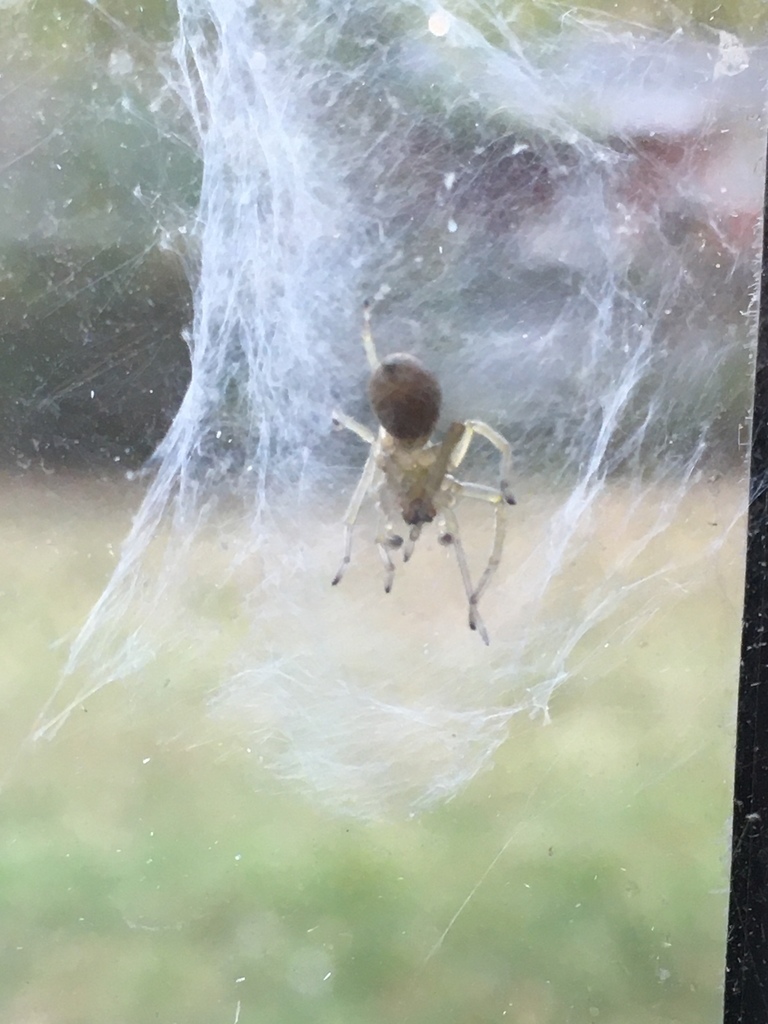
Wings. Some winged insects have their wings out all of the time--like butterflies and dragonflies. Other winged insects, like beetles, hide their wings underneath the elytra which is a hard covering that is actually their forewings. A few insects don't have wings.

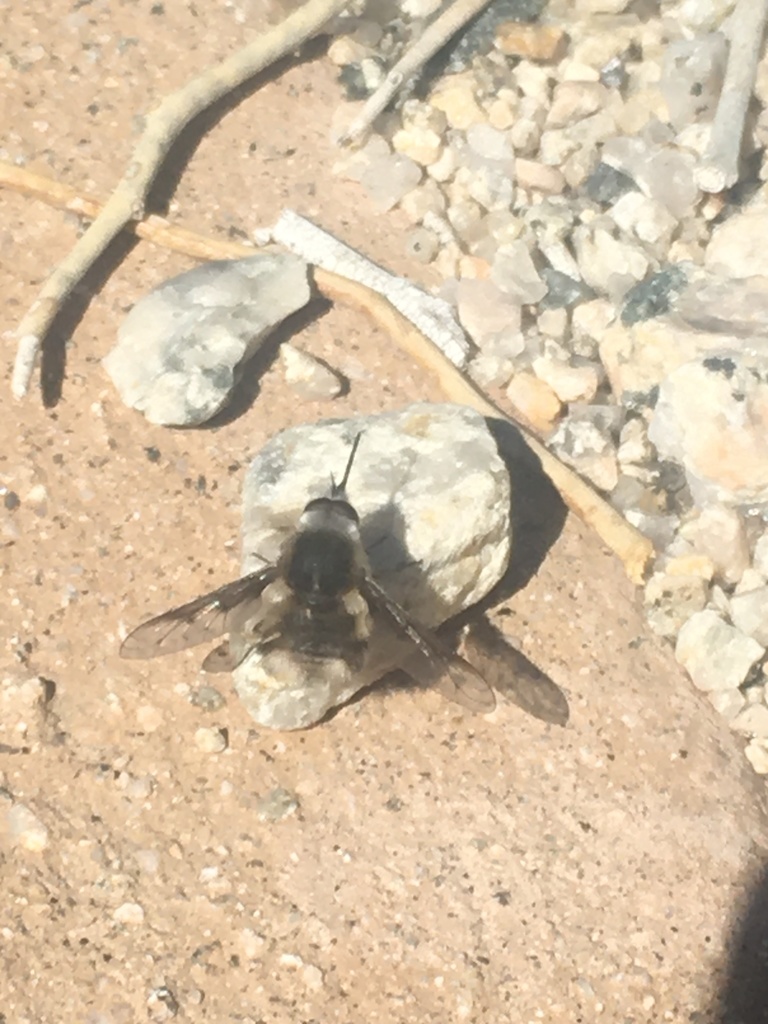
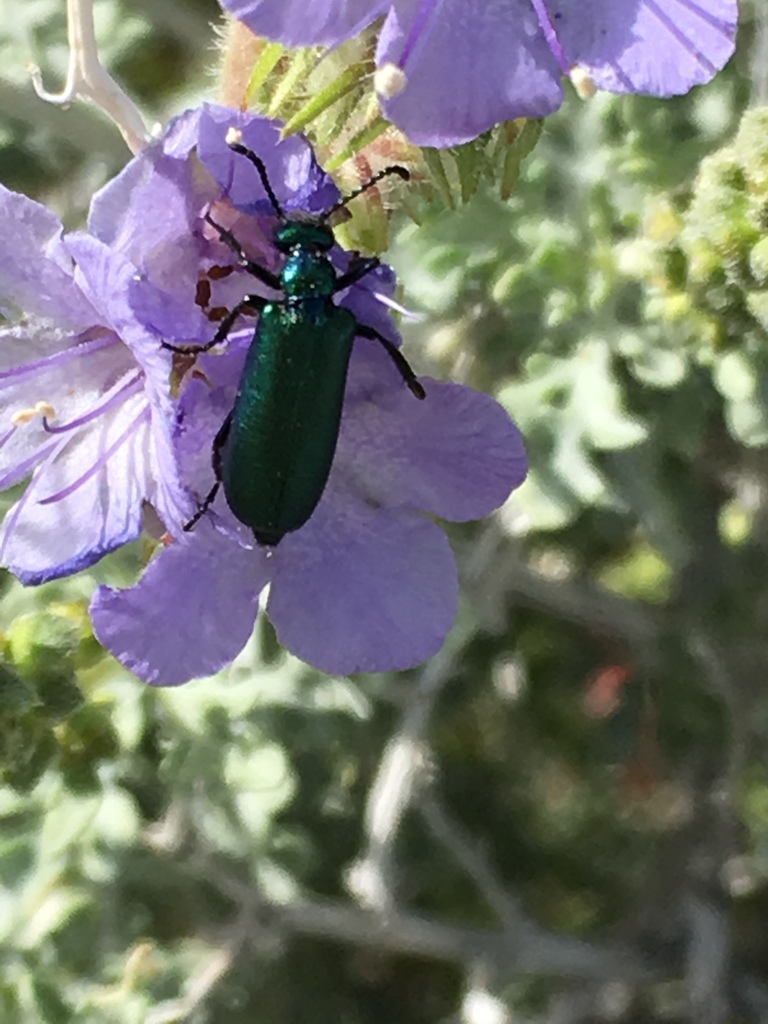
Life Stages. Many arthropods have life stages where the animals look different from adults. Butterflies begin life as eggs, hatch into caterpillars, pupate in cocoons, and then emerge as adult butterflies. Dragonfly eggs are laid in water and hatch into nymphs that swim through the water eating and growing. Eventually they crawl out of the water to molt into adults. Other arthropods, may spend time in egg sacs or make galls (growths that sometimes resemble bubbles of plant material) when they lay their eggs in plants. The life stage you observe is the most useful one to photograph.

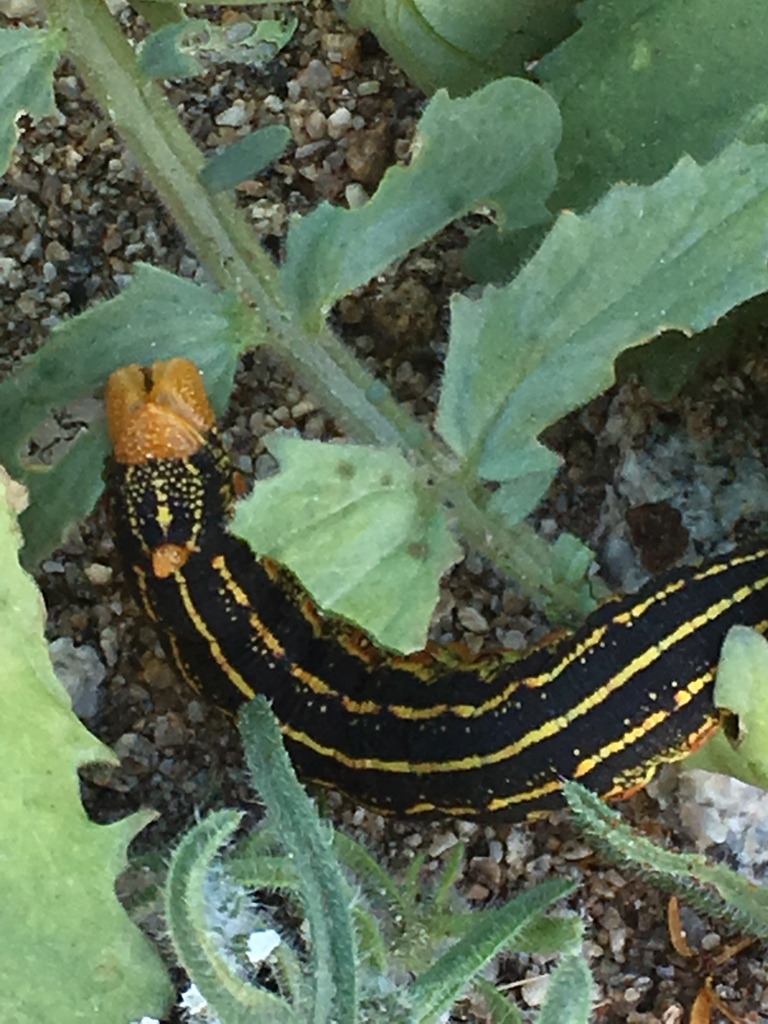
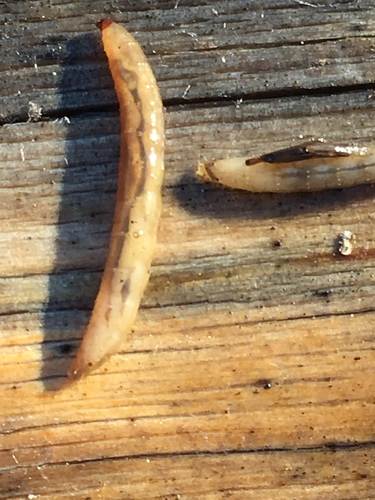
Photo Credit: All photos by aspring and in the public domain.





Comments
Add a Comment